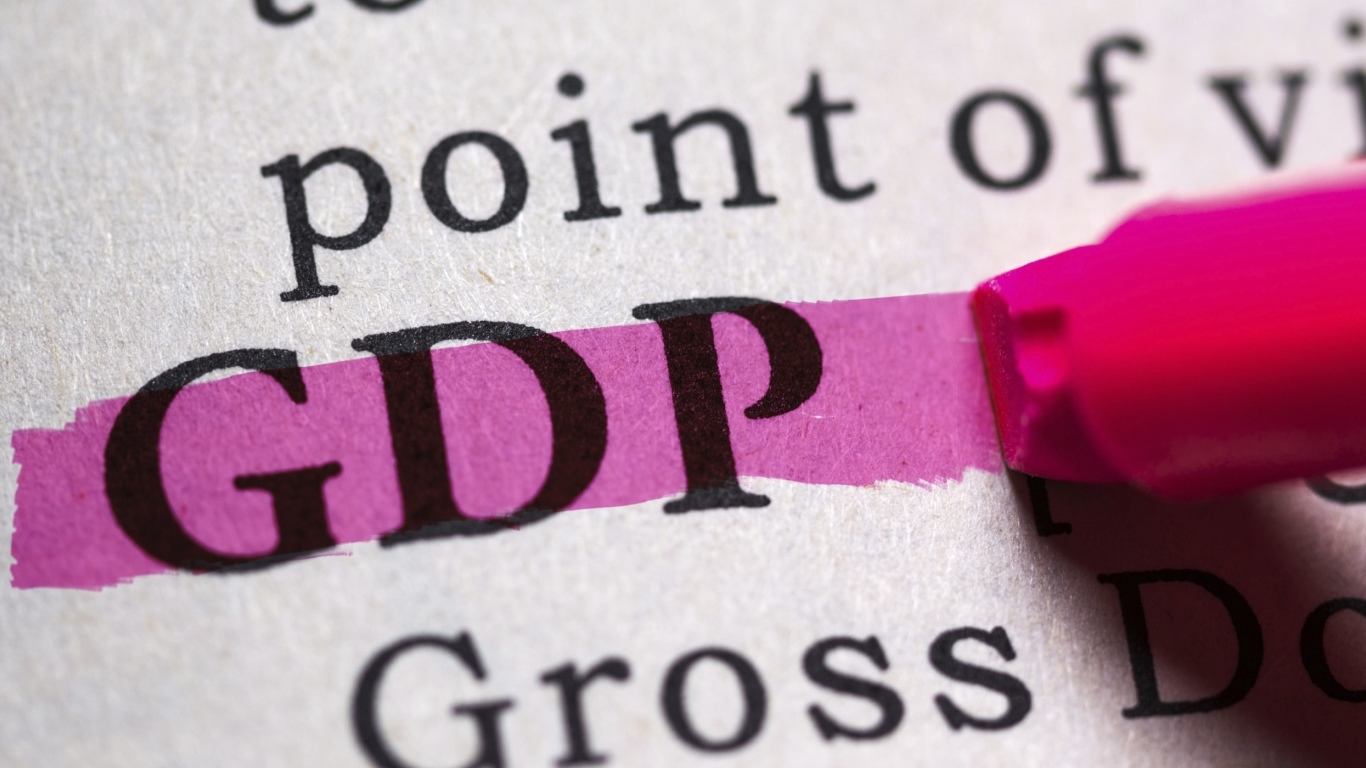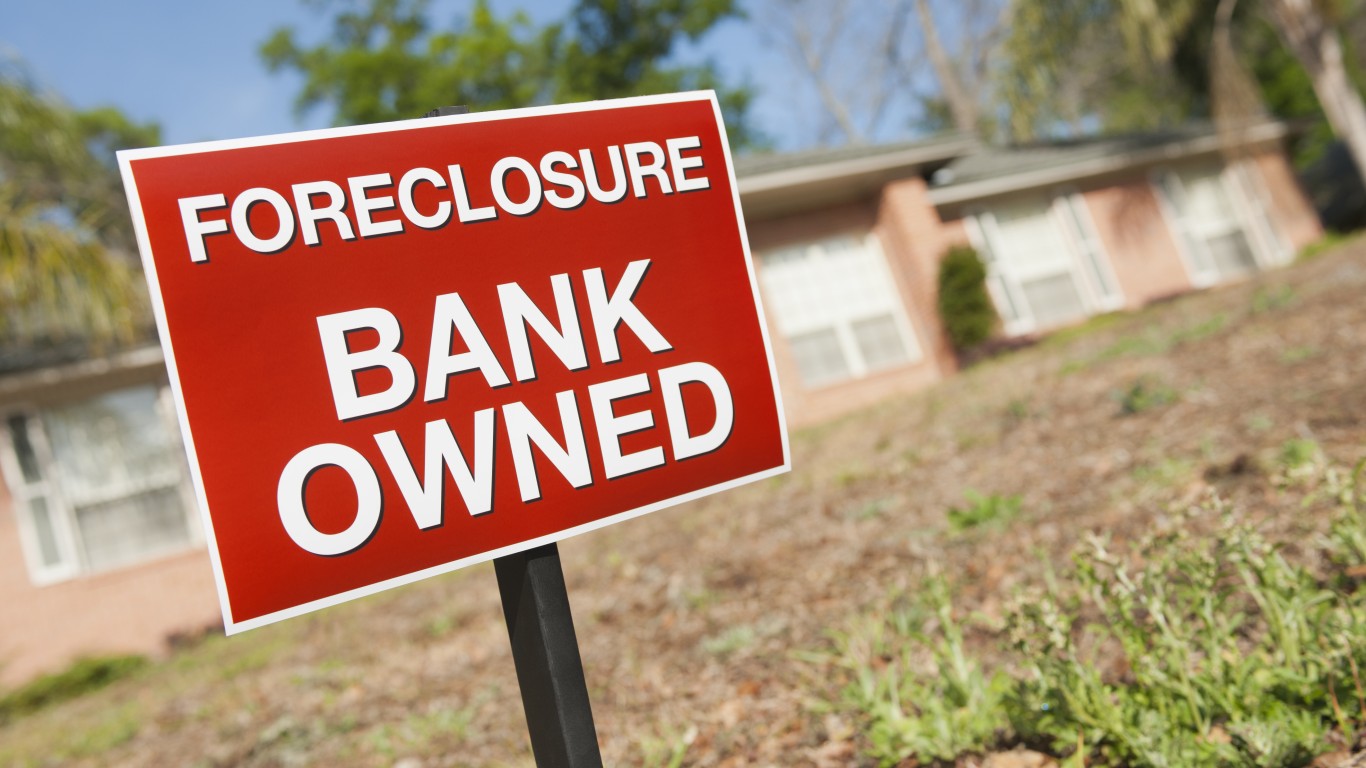
It became undeniable even in March that the United States had gone from a thriving economy to an instant recession as the COVID-19 pandemic spread and as businesses shut down in the stay-at-home economy. The U.S. Department of Commerce’s Bureau of Economic Analysis reported that gross domestic product (GDP) fell by 4.8% in the preliminary look at the first quarter of 2020. This was the steepest contraction since the Great Recession more than a decade ago, and the writing is on the wall that GDP will become much worse in the second quarter of 2020.
Dow Jones (Wall Street Journal) had a consensus estimate of −3.5%, but other estimates were all over the place. Econoday had a −3.7% consensus expectation.
Current-dollar GDP fell by $191.2 billion (−3.5%) to $21.54 trillion in the first quarter. The current-dollar GDP in the fourth quarter of 2019 rose by $186.6 billion (3.5%).
Personal consumption fell by 7.6% in the first quarter, about four percentage points worse than expected. The core personal consumption expenditure (PCE) reading showed a 1.8% gain.
The price index for GDP rose by 1.6% in the first quarter of 2020, after rising by 1.4% in the fourth quarter of 2019. The PCE price index rose by 1.3% in the first quarter after rising by 1.4% in the fourth quarter of 2019. Excluding food and energy prices, the PCE price index rose by 1.8%.
As far as why estimates were so varied, the economic activity in the United States did not start falling off a proverbial cliff until deep into February or early March, depending on the industry and company. That said, measuring the economy’s output and spending when workers are forced to stay at home, when businesses are closed and when consumer spending (close to 70% of GDP) changes rapidly is tough. It was also a time when airplane sales, car sales and other items saw sales tank.
Negative contributions were seen in PCE, nonresidential fixed investment, exports and private inventory investment. Those negatives were partly offset by positive contributions from residential fixed investment, federal government spending and spending at the state and local government levels. Imports, which act as a drag against GDP, decreased.
The Commerce Department’s report also indicated that the lower PCE reflected lower spending in services and goods. Health care led the drop in services spending, while motor vehicle and parts sales led the weakness in consumer spending. The decrease in exports saw a drop in services, and that was led by travel.
Many aspects of the economy were holding up fine through the end of February, but at the start of March and into mid-March, the spread of the pandemic and offices sending their workers home while stores and factories closed sent the economy into a tailspin.
The Commerce Department made a special note about the impact from COVID-19 pandemic pressuring the economy:
The decline in first quarter GDP was, in part, due to the response to the spread of COVID-19, as governments issued “stay-at-home” orders in March. This led to rapid changes in demand, as businesses and schools switched to remote work or canceled operations, and consumers canceled, restricted, or redirected their spending. The full economic effects of the COVID-19 pandemic cannot be quantified in the GDP estimate for the first quarter of 2020 because the impacts are generally embedded in source data and cannot be separately identified.
As far as what to expect in the second quarter, it is too soon to know. Some economists are expecting that GDP could easily drop by 20% to 30% at the same time that unemployment soars. The first quarter looks like a deep recession in the numbers, but the second quarter of 2020 will look like the Great Depression when it is reported.
Thank you for reading! Have some feedback for us?
Contact the 24/7 Wall St. editorial team.


